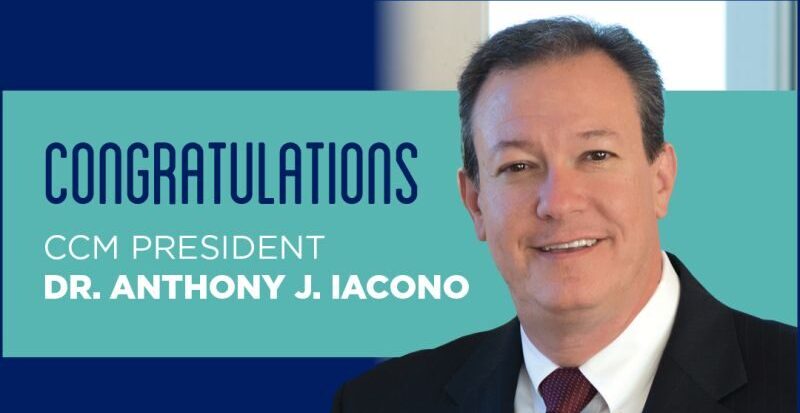More Than 25 Years of Water-Quality Data Offer Insights into Local Pollution – Posted 5/17/16
Since 1990, more than 800 County College of Morris (CCM) students in the college’s Biology of Environmental Concerns and Ecology course have enthusiastically trudged through woods and along the banks of the nearby Millbrook Stream and Dalrymple Pond to take water-quality measurements. One of them is Elyse Angle, Rockaway, who is graduating with an associate degree in biology in the Class of 2016.
This past year as an independent study project, Angle was charged with the task of analyzing more than 25 years of water-quality data and sampling under the guidance of biology and chemistry Instructor Samantha Gigliotti. Both will be presenting the results at conferences. Gigliotti will share a poster at the 2016 Ecological Society of America annual meeting in Fort Lauderdale in August; Angle’s abstract was accepted for the New Jersey Environment Association 101st Annual Conference at Atlantic City in May.
Angle says that the research taught her that there is no clear answer when it comes to pinpointing the source of pollution, and that’s to be expected.
“The more people understand what’s going on and how these different factors affect us, the better,” she says. “Urban residential development provides us with homes, which is good, but in the long run it may not be so great. Everything we do has positive and negative effects. Considering all factors helps us understand where a healthy balance is.”
She adds, “Clearly, the water quality of the Millbrook Stream has generally decreased over time. Urban development just upstream may contribute to that decrease.”
She notes that some measurements involving nitrate levels and aquatic wildlife diversity suggest that the water quality upstream of campus is decreasing faster than downstream. “Dalrymple Pond, which is located on campus, may be a buffer to the effects of pollution,” she comments.
The three major factors measured and assessed for stream health are physical, chemical and biological. Physical measurements include such factors as water flow and speed, temperature, salt content and dissolved oxygen.
Chemical factors include the pH of the water as well as ammonia, nitrate and phosphate content. Biological measurement includes counting the number and type of aquatic wildlife that exists, which is important because the diversity of wildlife can determine the level of pollution.
“We want to expose students to the environment and the effect that urban development and other factors, such as farming or lawn care products, may have on the environment,” Gigliotti explains. “Wildlife monitoring and ecosystem assessments serve as warning indicators for human health. If a particular species is experiencing a decline or disappearance within an environment then it’s important for researchers to identify the cause because this may identify potential impact on human health.”
Due to lack of funds, the state environmental agency is not able to monitor all watersheds. That’s why, more than two decades ago, CCM faculty decided to take on that task of monitoring the nearby Millbrook watershed.
Angle admits, “I reluctantly went to CCM because I didn’t think this type of opportunity would be available to me at a community college. I’m extremely grateful that Professor Gigliotti was willing to take me under her wing and share her experience and insights. It was a lot of hard work but it was very satisfying to complete.”
“This ongoing research is very important for both our biology majors and non-majors because it shows them little things they can do in their everyday life that make things sustainable for future generations,” Gigliotti says. “For biology students, environmental assessment is a valuable research tool and foundation. This is what the EPA does.
This is what everyone does at the governmental level to assess water quality and our students here at CCM are receiving this opportunity.”
“Historically, we haven’t taken good care of the environment and the effects are beginning to show,” says Angle. “I have a responsibility to leave a better place than I found ––along with my whole generation on the planet. It’s important to hand things off in a better condition than we were handed. I find a lot of joy in doing whatever I can.”
Angle plans to take a year off following her graduation this month to travel and to do volunteer work for AmeriCorps. Then she plans to attend Colorado State University to pursue a bachelor’s degree in ecology and evolutionary biology.
“I’m very interested in becoming a national park ranger or working in an administrative position at a national park, so I can partake in research but also have the opportunity to be in these beautiful places and protect them,” she says.



